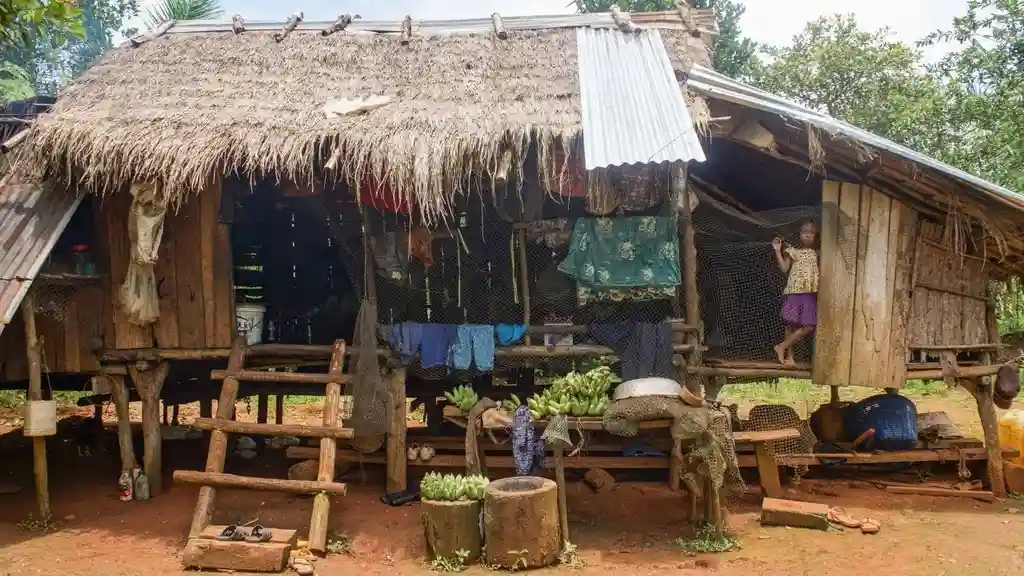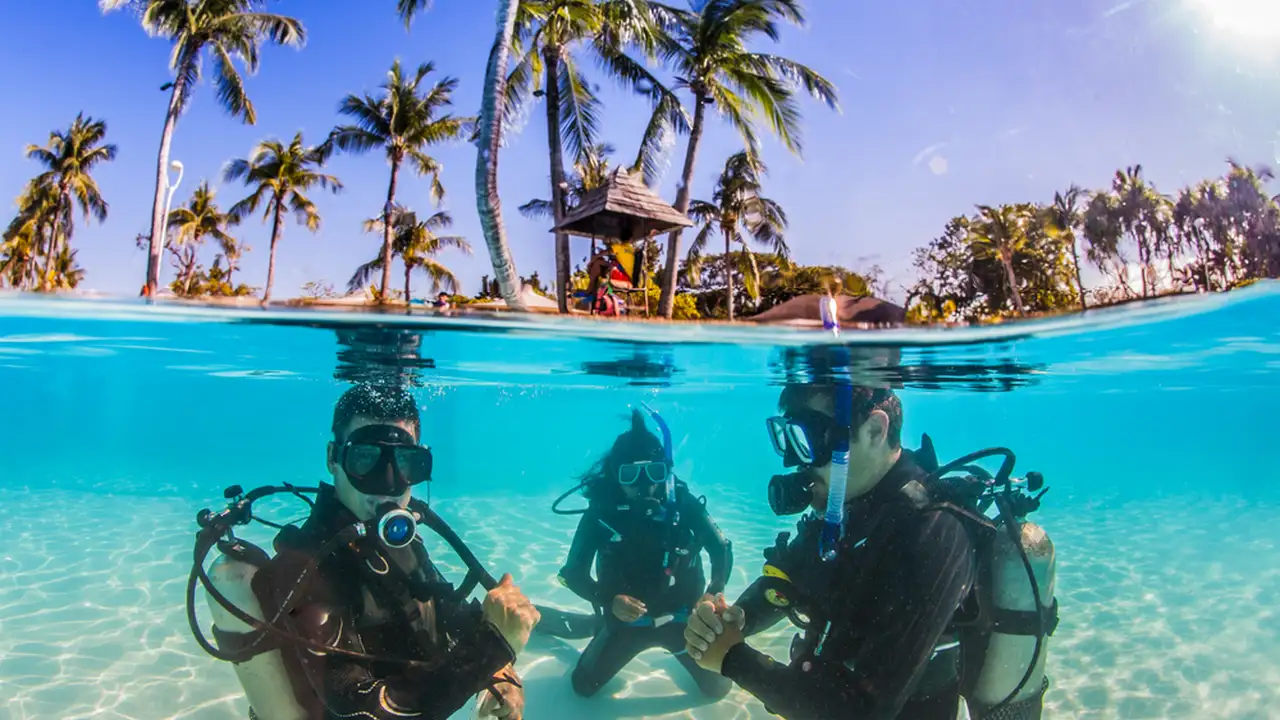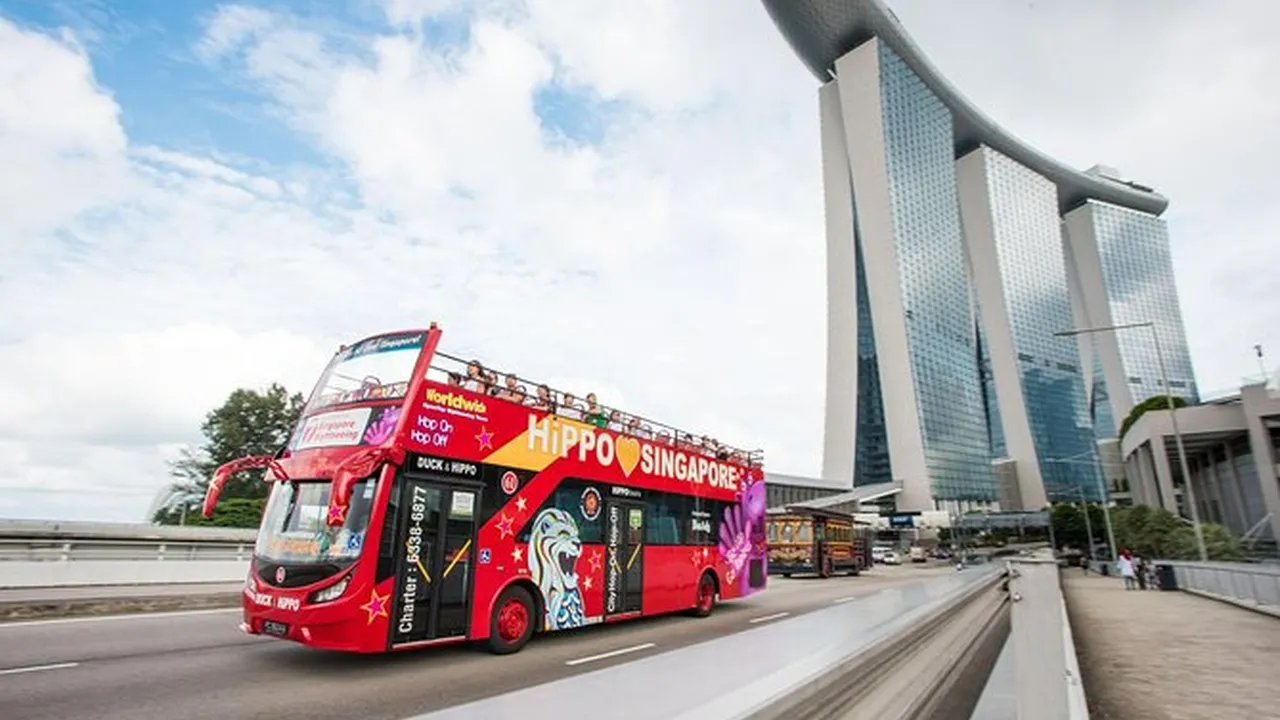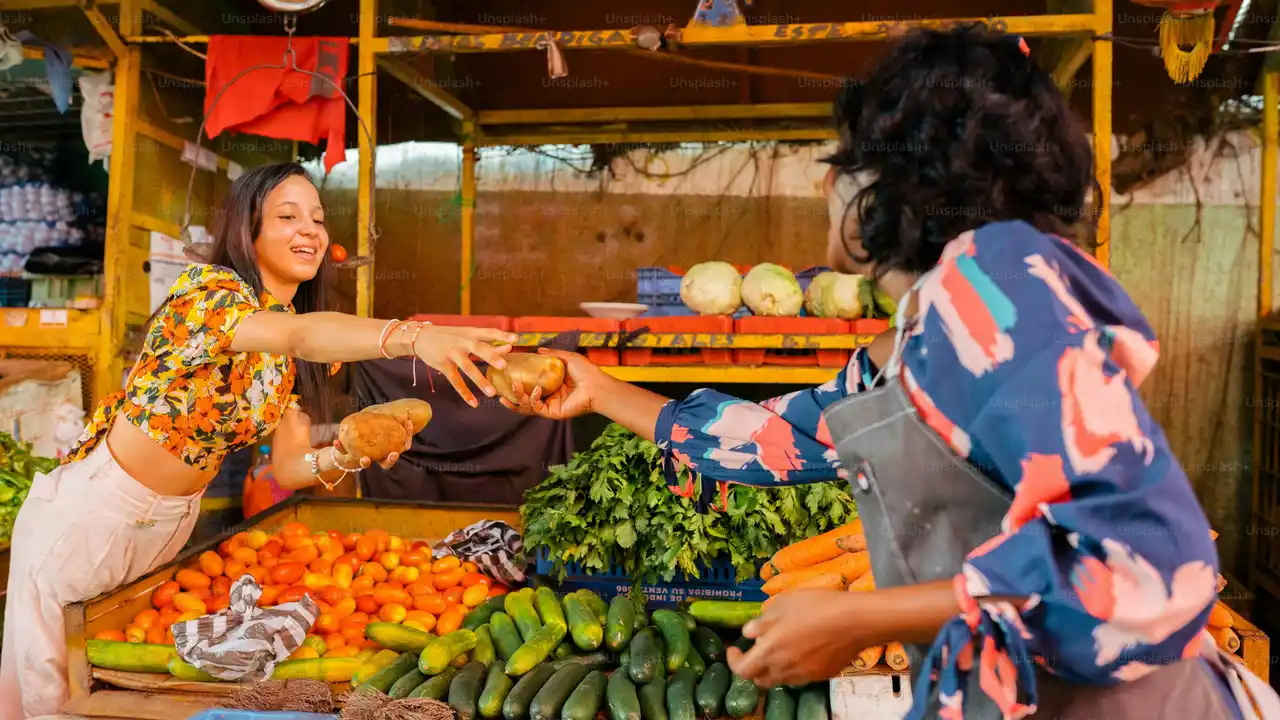Myanmar Monastery Stay Experience
Discover the tranquility of Myanmar with a monastery stay. This guide provides insights into the customs and practices of Buddhist monasteries. Learn about meditation, mindfulness, and the daily routines of monks in Myanmar.
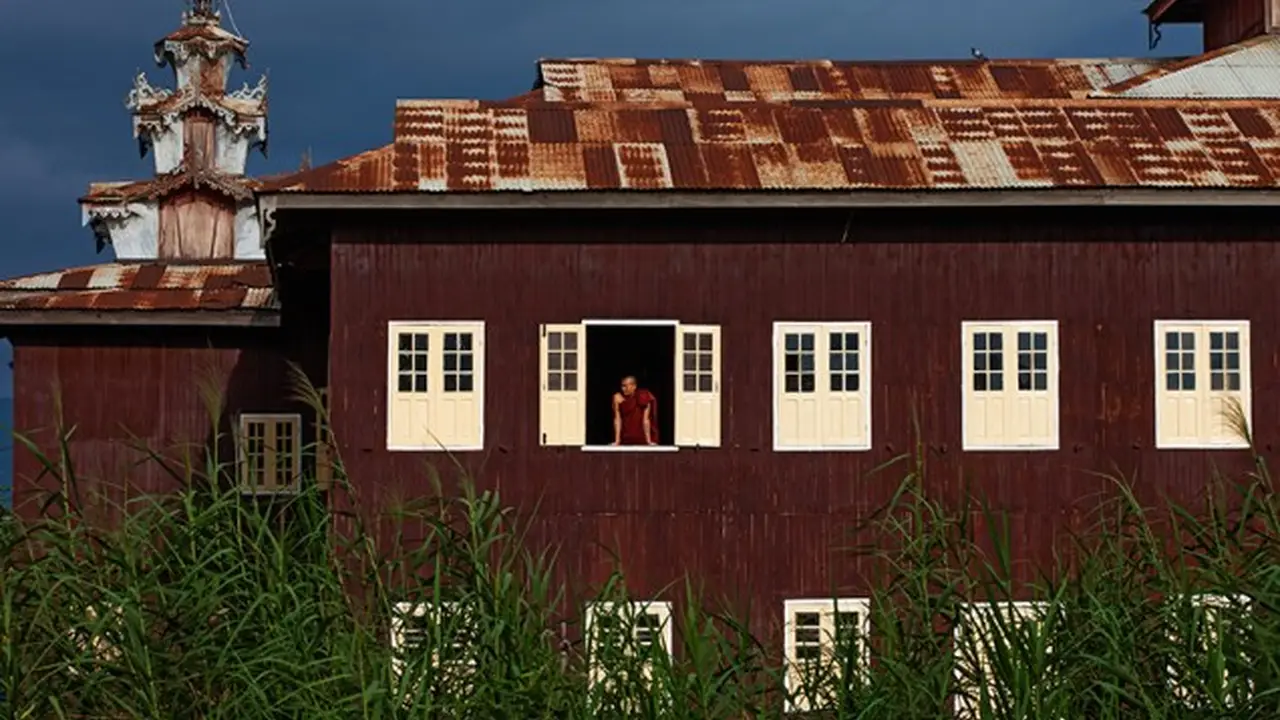
Understanding Myanmar's Monasteries A Cultural Immersion
Alright, so you're thinking about heading to Myanmar and maybe even staying in a monastery? Awesome choice! It's a truly unique way to experience the culture and get a glimpse into a world that's totally different from your everyday life. Myanmar, also known as Burma, is a deeply Buddhist country, and monasteries (or *kyaung* in Burmese) are at the heart of the community. They're not just places of worship; they're centers of education, social support, and spiritual guidance. Staying in one gives you a front-row seat to all of that.
Think of it as a cultural exchange program, but instead of attending lectures, you're observing daily life, participating in rituals, and learning about Buddhist philosophy firsthand. It's a chance to disconnect from the digital world (Wi-Fi might be spotty, if it exists at all!) and reconnect with yourself and your surroundings. You'll be living alongside monks and novices, following their routines, and learning about their beliefs. It's not a vacation in the traditional sense – it's an immersive cultural experience that can be both challenging and incredibly rewarding.
Preparing for Your Monastery Stay Essential Tips
Okay, before you pack your bags and book your flight, there are a few things you need to know to prepare for your monastery stay. This isn't like checking into a hotel; it's about respecting the culture and traditions of the monastery. First and foremost, dress modestly. Think long sleeves, long pants or skirts, and no revealing clothing. Shoulders and knees should be covered at all times. The monks and novices are very respectful, and you should be too.
Also, be mindful of your behavior. Keep your voice down, avoid loud conversations, and refrain from public displays of affection. Remember, this is a place of peace and contemplation. It's also important to be aware of the rules regarding physical contact. Women, in particular, should avoid touching monks or handing them anything directly. Instead, place the item on a table or offer it through a male intermediary. Many monasteries have specific rules about photography, so ask before you start snapping pictures. Finally, it's customary to bring a small gift for the monastery, such as food, toiletries, or a donation. This is a gesture of respect and gratitude for their hospitality.
Daily Life in a Myanmar Monastery What to Expect
So, what's a typical day like in a Myanmar monastery? Well, it's definitely an early start! Monks and novices usually wake up before dawn for meditation and chanting. You're welcome to join them, but don't feel obligated. After the morning prayers, it's time for alms rounds, where the monks walk through the village collecting food offerings from the local community. This is a crucial part of their daily routine, as they rely on the generosity of others for their sustenance.
You might be invited to join the monks for meals, which are usually simple vegetarian dishes. Remember to eat mindfully and avoid wasting food. The rest of the day is typically spent studying Buddhist scriptures, meditating, and performing chores around the monastery. You might also have the opportunity to learn about Burmese language, culture, or traditional crafts. Evenings are usually reserved for meditation and reflection. The pace of life in a monastery is slow and deliberate, so be prepared to embrace the tranquility and disconnect from the hustle and bustle of modern life. It's a chance to slow down, breathe, and appreciate the simple things in life.
Choosing the Right Monastery Location and Considerations
Not all monasteries are created equal, and choosing the right one for your stay is crucial. Some monasteries are more tourist-friendly than others, offering organized programs and English-speaking guides. Others are more secluded and require a greater degree of independence and cultural sensitivity. Consider what you're looking for in your experience. Do you want a structured program with lots of guidance, or are you comfortable navigating things on your own? Research different monasteries online and read reviews from other travelers.
Think about the location as well. Do you want to stay in a monastery in a bustling city like Yangon or Mandalay, or would you prefer a more remote location in the countryside? Consider the amenities offered by the monastery. Some monasteries provide basic accommodation and meals, while others offer more comfortable facilities. Be realistic about your needs and expectations. Remember, this is not a luxury vacation. You're there to experience a different way of life, so be prepared to rough it a little. Finally, check with the monastery in advance to confirm that they accept foreign guests and to inquire about any specific requirements or restrictions.
Monastery Etiquette Dos and Don'ts
Navigating the nuances of monastery etiquette can be tricky, but it's essential to show respect for the culture and traditions. Here's a quick rundown of some dos and don'ts:
- **Do:** Dress modestly, covering shoulders and knees.
- **Do:** Be respectful of the monks and novices.
- **Do:** Keep your voice down and avoid loud conversations.
- **Do:** Offer a small gift to the monastery.
- **Do:** Ask permission before taking photographs.
- **Don't:** Touch monks, especially if you're a woman.
- **Don't:** Point your feet at Buddha images or monks.
- **Don't:** Engage in public displays of affection.
- **Don't:** Waste food or water.
- **Don't:** Disrupt the peace and tranquility of the monastery.
Essentially, common sense and respect go a long way. If you're unsure about something, it's always best to ask. The monks are generally very welcoming and understanding, and they'll be happy to guide you.
Recommended Monasteries for Foreign Visitors with reviews
Alright, ready to start planning? Here are a few monasteries in Myanmar that are known to welcome foreign visitors and offer a positive experience:
- **Panditarama Meditation Centre (Yangon):** This well-known meditation center offers intensive meditation retreats for both beginners and experienced practitioners. They have English-speaking teachers and provide comfortable accommodation. Expect a strict schedule focused on meditation and mindfulness.
- **Mahasi Meditation Centre (Yangon):** Another prominent meditation center in Yangon, Mahasi is known for its rigorous Vipassana meditation techniques. It's a good option for those seeking a deep dive into meditation practice. Accommodation is basic but adequate.
- **Shwe Oo Min Natural Cave Monastery (near Kalaw):** For a more rustic and secluded experience, consider this monastery located near the trekking town of Kalaw. It's known for its natural cave setting and peaceful atmosphere. Be prepared for more basic amenities and a less structured program.
- **Pa Auk Forest Monastery (near Mawlamyine):** This monastery is a large, sprawling complex dedicated to forest meditation. It's a great option for those seeking a longer-term retreat in a natural setting. Accommodation is simple but comfortable.
Essential Gear for Your Monastery Stay Packing List
Packing for a monastery stay is different from packing for a typical vacation. Here's a list of essential items to bring:
- **Modest clothing:** Long sleeves, long pants or skirts, and loose-fitting clothing.
- **Comfortable shoes:** You'll be doing a lot of walking, so comfortable shoes are essential.
- **Toiletries:** Soap, shampoo, toothbrush, toothpaste, etc.
- **Insect repellent:** Mosquitoes can be a problem, especially in rural areas.
- **Sunscreen:** Protect your skin from the sun.
- **Flashlight:** Power outages are common in Myanmar.
- **Water bottle:** Stay hydrated.
- **Small gift for the monastery:** Food, toiletries, or a donation.
- **Meditation cushion (optional):** If you plan to meditate regularly, you might want to bring your own cushion.
Monastery Stay Products Recommendations and Comparison
While a monastery stay is more about experience than material possessions, some products can enhance your comfort and respect for the environment. Here are a few recommendations:
Eco-Friendly Mosquito Repellent Bracelet
Product: PARA'KITO Mosquito Repellent Bracelet
Description: A natural, DEET-free mosquito repellent bracelet. It uses essential oils to ward off mosquitoes, making it a great choice for those sensitive to chemicals. It's also reusable with refills.
Usage Scenario: Wear it during evening meditation sessions or while exploring the monastery grounds.
Comparison: Compared to sprays, bracelets are less messy and more convenient. Unlike DEET-based repellents, this is safer for sensitive skin and the environment.
Price: Around $20-$25 USD.
Reusable Water Bottle with Filter
Product: LifeStraw Go Water Filter Bottle
Description: A reusable water bottle with a built-in water filter. Essential for ensuring you have access to clean drinking water, especially in rural areas.
Usage Scenario: Use it to refill water from any tap or stream, ensuring you always have safe drinking water.
Comparison: Better than buying bottled water, reducing plastic waste. More convenient than carrying purification tablets.
Price: Around $30-$40 USD.
Organic Cotton Travel Towel
Product: Sand Cloud Towel
Description: A lightweight, quick-drying travel towel made from organic cotton. Compact and easy to pack, it's perfect for basic hygiene needs.
Usage Scenario: Ideal for showering or drying off after washing.
Comparison: Dries much faster than traditional towels and takes up less space.
Price: Around $40-$50 USD.
Modest Clothing Set
Product: Columbia Silver Ridge Convertible Pants and a long-sleeved linen shirt.
Description: These pants are lightweight, quick-drying, and convertible to shorts for hotter weather outside the monastery. The linen shirt is breathable and covers arms modestly.
Usage Scenario: Perfect for wearing during daily activities and temple visits.
Comparison: Offers versatility and comfort while respecting cultural norms.
Price: Pants around $60-$70 USD, Shirt around $40-$50 USD.
Meditation Cushion
Product: Gaiam Zabuton Meditation Cushion.
Description: Provides comfortable support for extended meditation sessions.
Usage Scenario: Use during morning and evening meditation sessions.
Comparison: More comfortable than sitting directly on the floor.
Price: Around $50-$60 USD.
Giving Back Supporting the Monastery and Community
Your stay in a monastery is a privilege, and it's important to give back to the community that's hosting you. There are several ways to do this:
- **Offer a donation:** Monasteries rely on donations to support their activities and maintain their facilities.
- **Volunteer your time:** Offer to help with chores around the monastery, such as cleaning or gardening.
- **Support local businesses:** Buy food, handicrafts, and souvenirs from local vendors.
- **Learn about the culture:** Show an interest in Burmese language, culture, and traditions.
- **Spread the word:** Share your positive experiences with others and encourage them to visit Myanmar responsibly.
By giving back to the community, you'll not only enrich your own experience but also contribute to the well-being of the monastery and its surrounding community.
Final Thoughts Experiencing Mindfulness in Myanmar
A monastery stay in Myanmar is an unforgettable experience that can transform your perspective on life. It's a chance to disconnect from the modern world, reconnect with yourself, and learn about a different culture. By preparing properly, respecting the local customs, and giving back to the community, you can make the most of your stay and create lasting memories. So, are you ready to embark on this incredible journey? Pack your bags, open your mind, and prepare to be amazed by the beauty and tranquility of Myanmar.
:max_bytes(150000):strip_icc()/277019-baked-pork-chops-with-cream-of-mushroom-soup-DDMFS-beauty-4x3-BG-7505-5762b731cf30447d9cbbbbbf387beafa.jpg)



